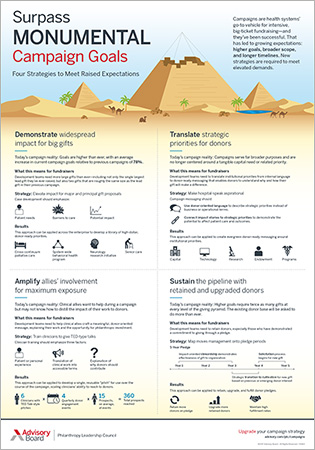GoFundMe has raised more than $5 billion from 50 million donations since the website launched eight years ago—and one in every three of the site's campaigns are intended to pay medical bills, according to CEO Rob Solomon.
"In the old paradigm you would give $20 to somebody who needed help," Solomon said. "In the new paradigm, you'll give $20, you'll share that, and that could turn into 10, 20, 50, or 100 people doing that. So, the $20 could turn in hundreds, if not thousands, of dollars."
Some examples of medical campaigns that have been on GoFundMe include:
- A three-year-old boy with a rare genetic disorder that makes him susceptible to broken bones whose relatives have raised more than $30,000 of their $40,000 goal after the boy broke a bone as his mother was putting him in a car seat;
- A South Carolina man with prostate cancer and no insurance who has raised more than $85,000—well over his goal of $50,000; and
- A North Carolina harpist who lost her hearing after a traumatic brain injury who has raised nearly all the money she needs for procedures not covered by her insurance.
According to Sara Collins, an economist who studies American health care at the Commonwealth Fund, Americans are becoming less confident that they can afford health care as co-pays and deductibles rise. In a survey, the Commonwealth Fund asked working-age Americans if they felt they could pay an unexpected medical bill of $1,000 in 30 days. Nearly 50% said no.
"We find that underinsured people are nearly as likely to report problems paying their medical bills as people who don't have any insurance, and they also report not getting needed health care at rates that are nearly as high as those who are uninsured," said Collins. "So, it shouldn't be surprising that people are raising funds through crowdsourcing. But it really should be a deep concern for policymakers and providers" (Haefner, Becker's Hospital CFO Report, 7/3; Zdechlik, MPR News, 7/2).
Don't miss out on the latest Advisory Board insights
Create your free account to access 2 resources each month, including the latest research and webinars.
Want access without creating an account?
You have 2 free members-only resources remaining this month remaining this month.
1 free members-only resources remaining this month
1 free members-only resources remaining this month
You've reached your limit of free monthly insights
Become a member to access all of Advisory Board's resources, events, and experts
Never miss out on the latest innovative health care content tailored to you.
Benefits include:
You've reached your limit of free monthly insights


